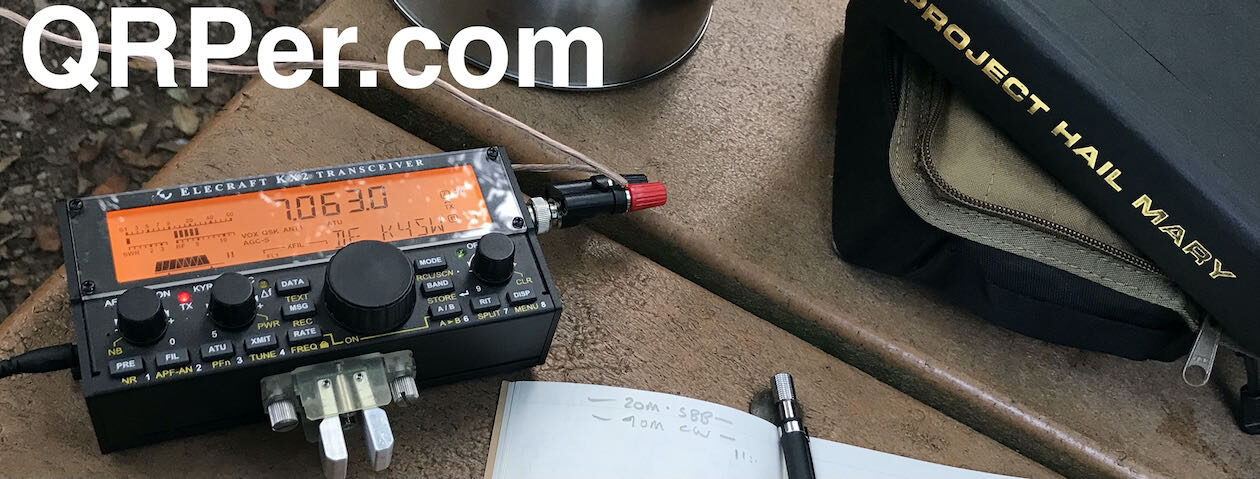By Teri KO4WFP
Note: This is the second article for my trip to southwest Georgia at the beginning of January 2025. If you didn’t read the first article, it is available here: Elmodel Wildlife Management Area.
Thursday, January 2nd, Daisy and I headed to Chickasawhatchee Wildlife Management Area (WMA). The park is a short 45-minute drive from Kolomoki Mounds State Park. We drove through more small towns, past peanut warehouses, chicken houses, and cotton fields. Though chilly, it was a gorgeous day with cloudless, sunny skies promising warmer temperatures as the day progressed.



The state of Georgia has 14 river basins and 52 watersheds. The Chickasawhatchee Swamp occupies 30,000 acres along the Flint River Basin and 20,000 of those acres are protected inside the Chickasawhatchee WMA (US-3739). According to the Georgia Department of Natural Resources, the swamp is among the largest freshwater swamps in the southeastern United States. It is unique in that “the collection of spring and surface water tributaries unite in bottomlands where the limestone bedrock is thin and soft, giving it a relatively direct connection to the local aquifer.”

The park is well marked and the signage easily viewed from the road. I entered from the northwest corner off Georgia Route 62. In front of me was a packed, red-clay road just begging to be driven. I knew I had an activation scheduled but the desire to explore relegated that activation to the back burner. I drove for nearly an hour in the WMA exploring the park as my own private safari. I was in heaven!




Around 1 PM, we reached an intersection of two roads in an open area. It was time to stop exploring and take care of business – my POTA activation. At the intersection was a large oak into which an EFRW could be installed and plenty of sun so Daisy and I could sit outside and stay warm. (Though the temperature had warmed considerably from earlier in the day, I still felt chilly in the shade.)



Up went the Tufteln EFRW and soon I was on the air. Given the time of day, I opted to begin with 20 meters. Jeff W4JSH was the first to answer my CQ. Over the next half an hour, the calls rolled in. I then jumped to 15 meters for two calls and then 17 meters for six calls. As I had access to the POTA page at this WMA, I tried hunting other activators but was successful with only one – Harry K9DXA at US-1001.

Before finishing out the day, I texted Glenn W4YES and he remoted into our ham shack. We worked one another on 40 meters (I gave him a 599 but on his end, I was only a 339). I then worked two more callers on 40 meters including John K4ZI. I was his first POTA contact ever. How awesome is that!


By this point in the day, the sun was lower in the sky, taking the warmer temperatures with it. I packed up my equipment and headed back to Kolomoki Mounds State Park.
This evening I attempted something I’ve never done when camping – build a campfire. Usually it is too wam for a fire when I camp. However, the temperatures would be in the lower 30s tonight again and I hankered to sit by a fire. I know how to build a fire as my ex-husband had a wood stove and I built many a fire in it. It wasn’t long before I had a blazing fire going. I felt like the character played by Tom Hanks in Castaway: “Me….Build….Fire!”
Daisy lounged in her sleeping bag nearby while I sat next to the fire, poking it periodically. Ahhhh. A lovely end to a lovely day. Where to next? Stay tuned…
Equipment Used
[Note: All Amazon, CW Morse, ABR, Chelegance, eBay, and Radioddity links are affiliate links that support QRPer.com at no cost to you.]




















































































 Notably, Gov. Cooper is a fan of amateur radio, especially appreciating its vital role in past weather emergencies and particularly recent disaster operations after the tragic results of Hurricane Helene this fall in Western North Carolina.
Notably, Gov. Cooper is a fan of amateur radio, especially appreciating its vital role in past weather emergencies and particularly recent disaster operations after the tragic results of Hurricane Helene this fall in Western North Carolina.